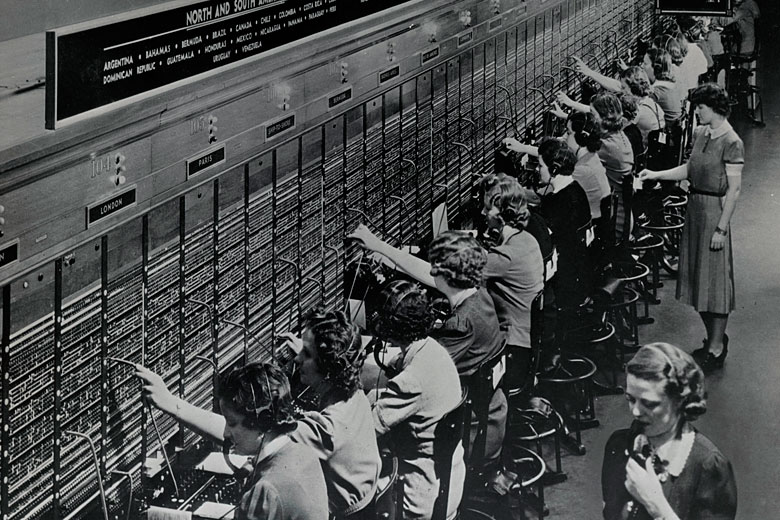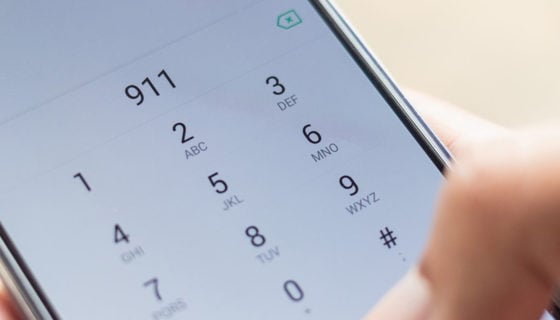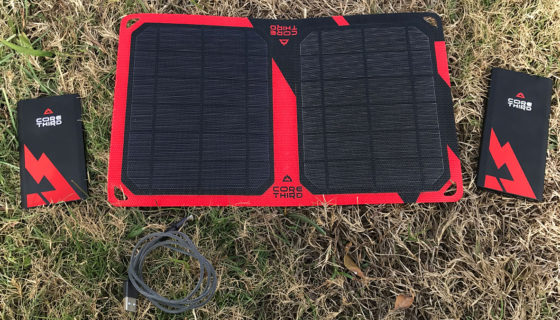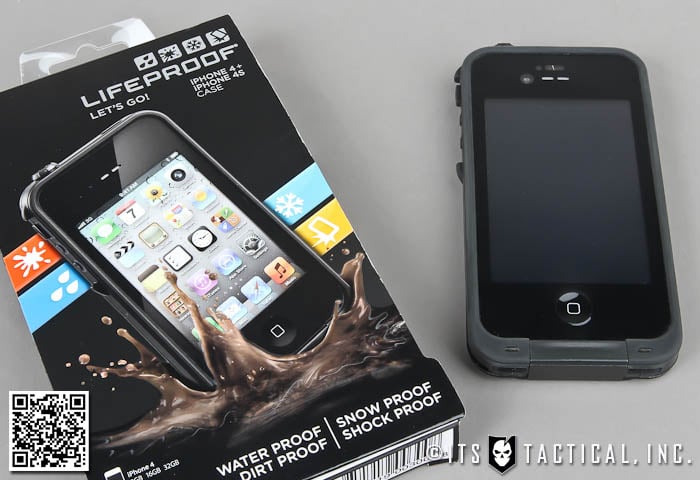Could Hackers Exploit Vulnerabilities and Disrupt the 911 Emergency System?
Could Hackers Exploit Vulnerabilities and Disrupt the 911 Emergency System?
When disaster strikes, who you gonna call? Most people in the United States are taught from a young age that 911 is the phone number to dial in the event of an emergency. In the normal process of events, your 911 call is routed to a dispatch center, where the call-taker can effectively dispatch the correct emergency service personnel.
However, what if that call-taker is unable to take your call? Today, we’ll be examining how the 911 system works and why recent developments could mean you’re unable to connect to the service.
A Nationwide Number

When telephones were first developed, all calls were operator assisted, requiring the caller to tell the operator the number they’d like to reach and then being connected via switchboard. During an emergency, the caller would simply explain the emergency to the operator and the operator would connect the call to the local police, fire or medical services location. This system required a free operator to connect the call and relied on the operator to connect the call to the correct facility.
In 1957, the National Association of Fire Chiefs recommended the development of a nationwide number for reporting fires. However, it wasn’t until 1967 that the President’s Commission on Law Enforcement and Administration of Justice recommended a nationwide number for reporting all emergencies. Finally, in 1968, 9-1-1 was agreed upon, after being selected by AT&T.
In what would become known as a public-safety answering point, dialing 911 would provide the caller access to police, fire or ambulance services. In recent years, Enhanced 911 services have been put into place to automatically provide the address of the caller to the dispatches. Using computer-aided dispatch and this enhanced information, dispatchers can more accurately and efficiently send emergency services to the area.
System Overload

In October of 2016, an Arizona teenager was arrested after he shared a link to an exploit to the iPhone operating system. In addition to other malicious activity, the exploit forced infected iPhones to repeatedly call 911 and hangup. The Maricopa Sherrif’s Office reported that they received over 100 hang-up calls within a matter of minutes. They also reported that this put their call center in danger of losing service to their switches.
In addition to the above incident, in September, researchers from Ben-Gurion University created a small experimental cellular network to test attacks on emergency services. Their tests concluded that just 6,000 infected smartphones could seriously disrupt services throughout a U.S. State. Nationwide, they estimate that only 200,000 infected phones would be needed to create a significant disruption throughout the entire United States.
Unfortunately, prevention of these kinds of attacks is difficult as the FCC dictates that mobile 911 calls be exempted from enhanced filtering. With a sophisticated enough attack, hackers could also generate audio along with the calls to make it even more difficult for call-takers to determine whether a call was legitimate or just automated.
What Can Be Done?
In short, not much. Due to the way the 911 system operates, placing any type of filters or screenings onto calls could mean that legitimate calls may not make it through. The Department of Homeland Security awarded the University of Houston with $2.6 million in 2015 to develop technology that could protect the emergency response system against these kinds of attacks.
The best preparation you can do for a loss of emergency services is have the tools on hand to better deal with emergencies. To be clear, we’re not advocating not dialing 911 in an emergency. Emergency services are one of our most valuable pieces of infrastructure and First Responders work tirelessly to better prepare themselves and their systems. However, during a natural disaster, planned attack or even hardware failure, the 911 system may not even be available to you.
Consider having tools on hand to deal with emergencies that may come up. Do you have working fire extinguishers in important areas of your home, office and vehicles? Do you have a trauma kit and the training necessary to stop things like massive bleeding from gunshot or puncture wounds? Is your firearm readily accessible and do you have necessary training to protect yourself and your loved ones?
The questions above are just a starting place when it comes to preparing for emergencies and just a small amount of planning can ensure that you’re ready to act if there’s no one on the other end of your 911 call.











Discussion